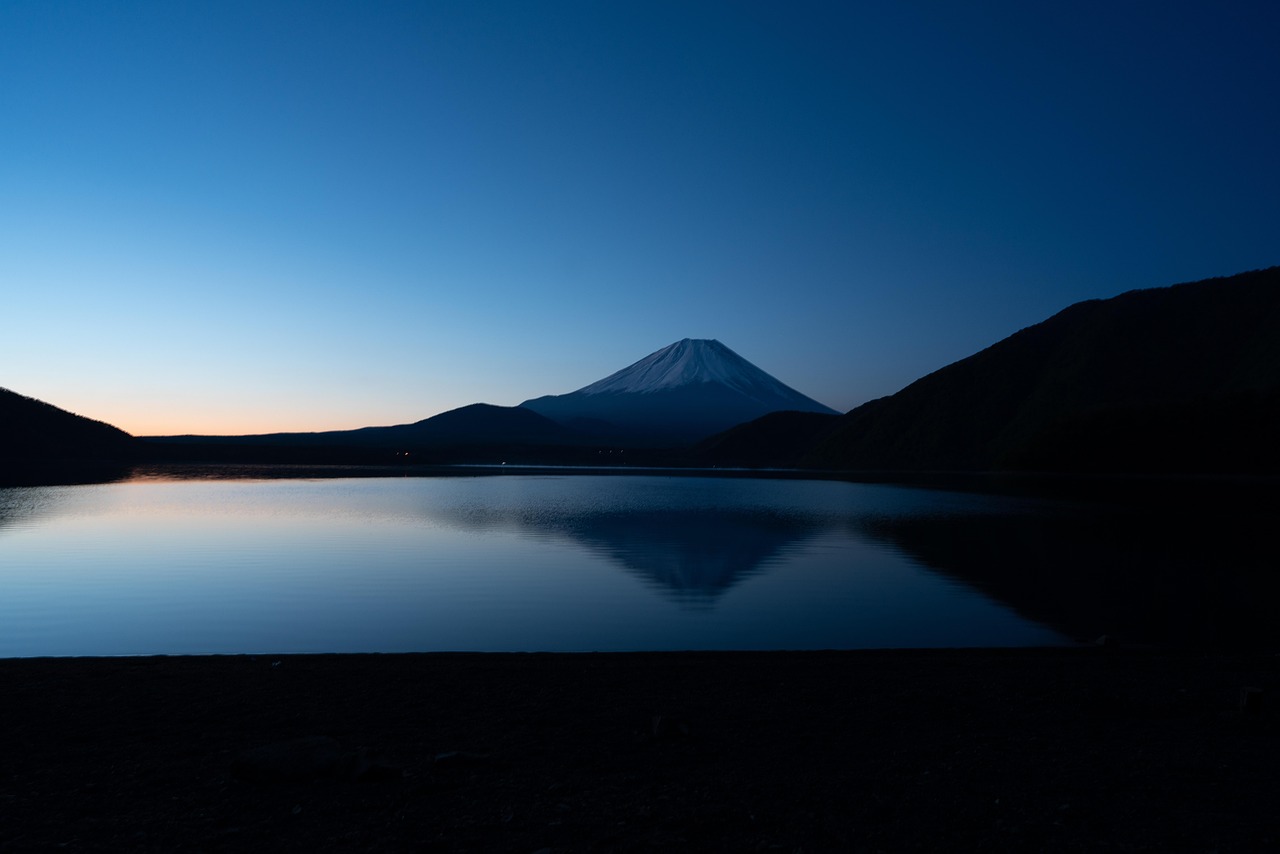Planning a trip to Japan and dreaming of seeing Mount Fuji? Not sure where to go for the best views? This two-day itinerary is designed specifically for first-time visitors to Japan, guiding you through the most classic and breathtaking spots to experience the majesty of Mount Fuji. We’ve also kept in mind that you might be heading to Tokyo or Osaka afterward, making your onward journey smooth and easy!
Day 1: Lakeside Views and a Relaxing Hot Spring Evening
Morning: Journey to the Fuji Five Lakes Area!
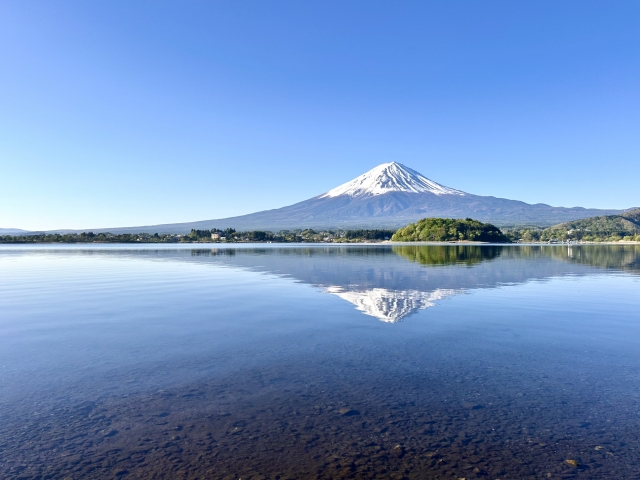
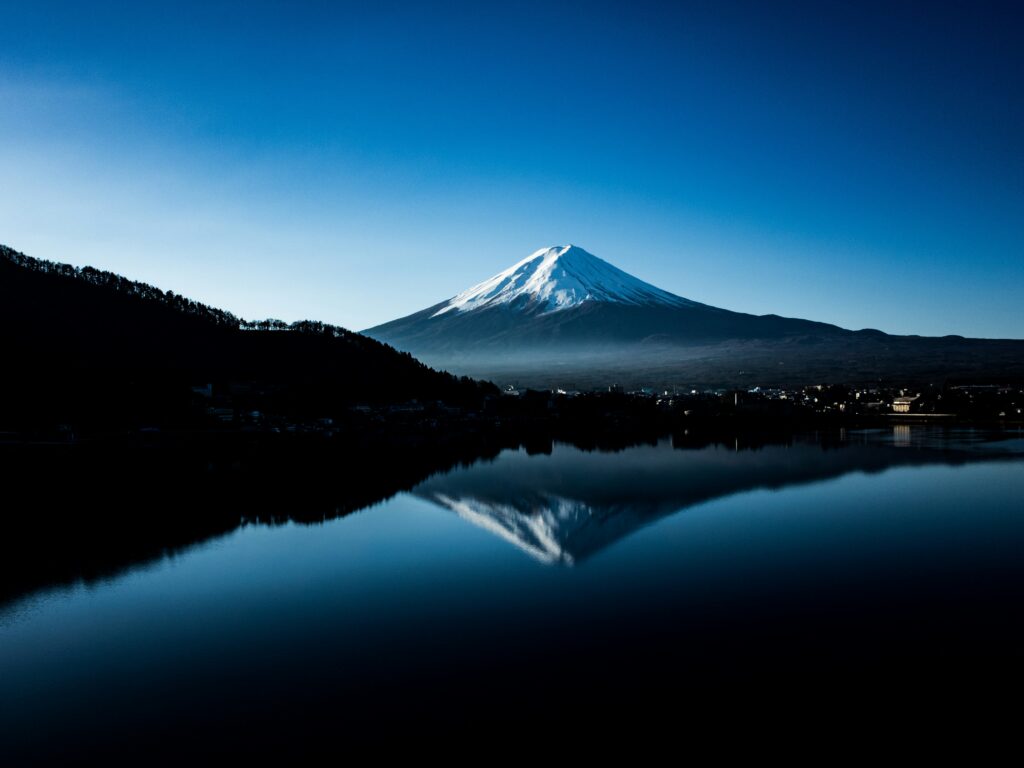
- Lake Kawaguchiko: This is the most famous of the five lakes at the base of Mount Fuji, located on its northern side. The stunning “upside-down Fuji,” where the mountain’s reflection shimmers on the water’s surface, is a must-see! The lake’s shores are dotted with charming cafes and museums, perfect for a leisurely stroll.
- Access: From Shinjuku (Tokyo), take a highway bus (about 2 hours) or the JR Chuo Line to Otsuki Station, then transfer to the Fujikyuko Line to Kawaguchiko Station.
- Lake Kawaguchiko Pleasure Boat “Ensoleillé”: Seeing Mount Fuji from the middle of the lake offers an unparalleled perspective. You’ll be truly moved by its grand scale from this vantage point.
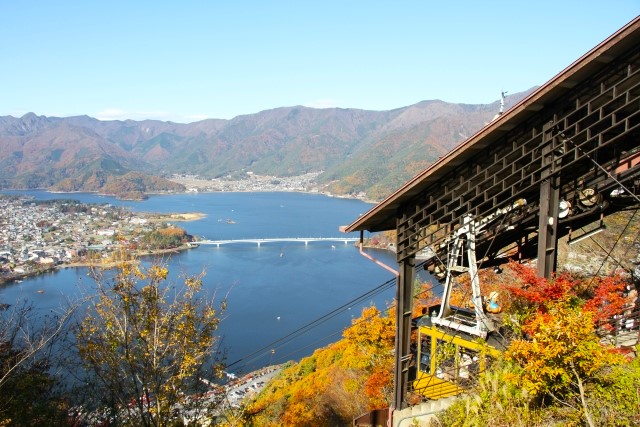
- Kachi Kachi Yama Ropeway: Hop on this ropeway from the Kawaguchiko lakeside to the summit of Mount Tenjo, which stands at 1,075m (approx. 3,527 ft). From here, a panoramic view of Lake Kawaguchiko and Mount Fuji unfolds before your eyes.
Afternoon: Get Up Close with Fuji’s Natural Wonders
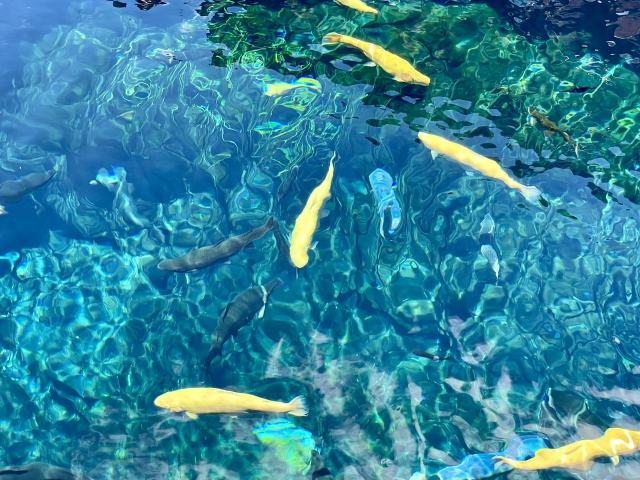
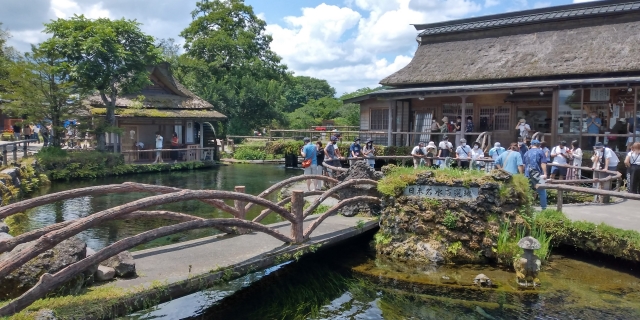
- Oshino Hakkai: These are eight remarkably clear spring-fed ponds, formed by Mount Fuji’s melted snows over many centuries. Designated as a National Natural Monument, they offer a mystical atmosphere. The area retains a traditional Japanese village feel, making it a fantastic spot for photos.
- Access: Approximately a 30-minute bus ride from Kawaguchiko Station.
Evening: Unwind at a Hot Spring Ryokan
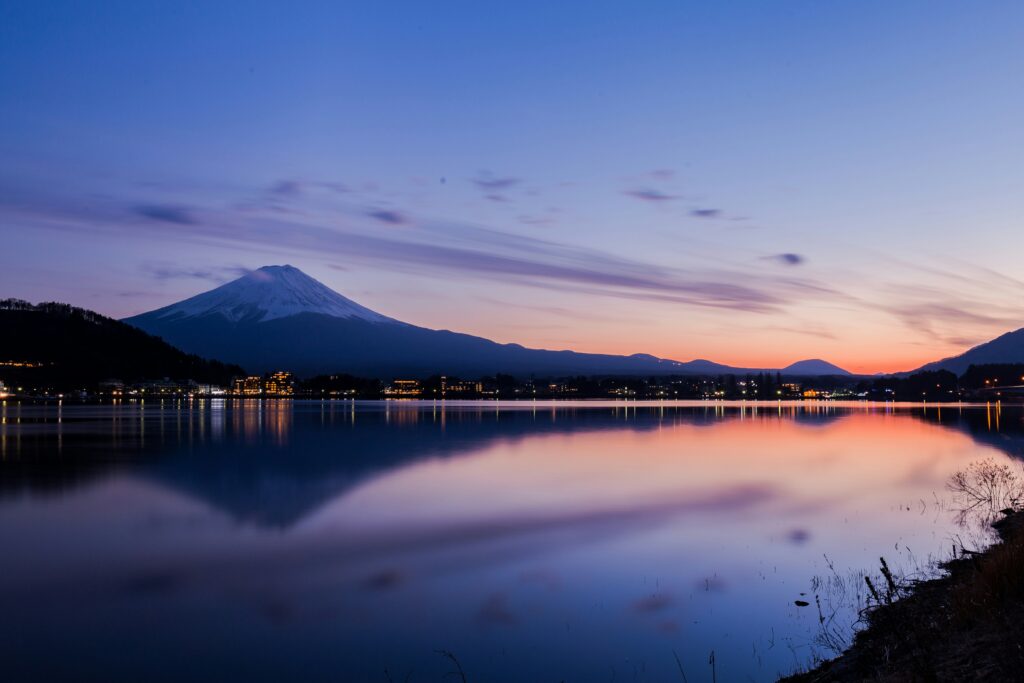
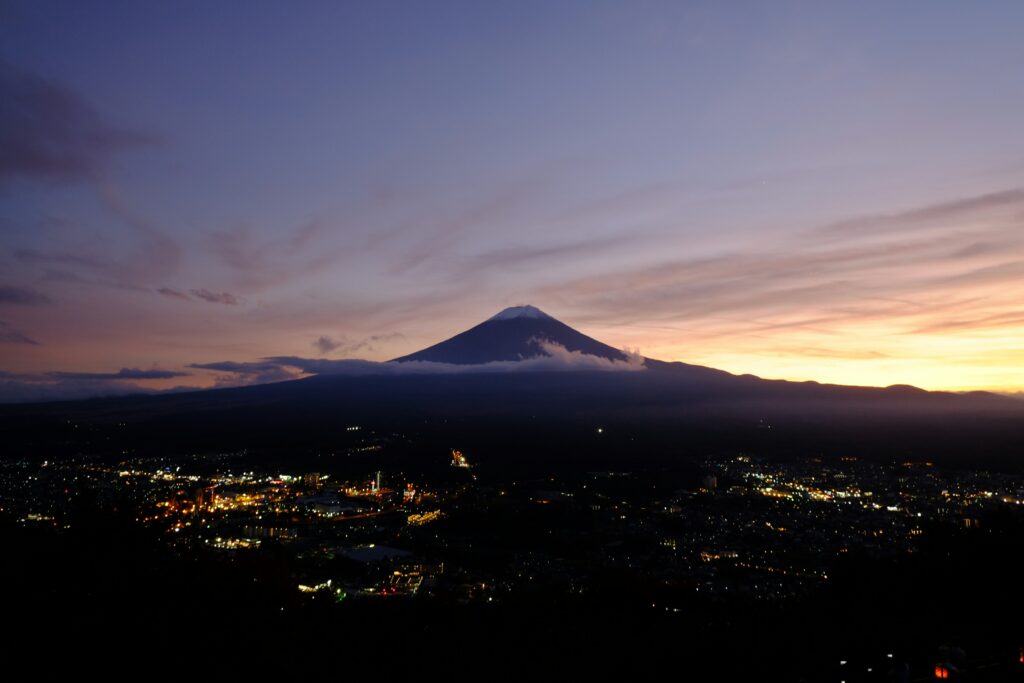
- Kawaguchiko Onsen Resort: The area around Lake Kawaguchiko is home to many traditional Japanese inns (ryokan) featuring open-air hot springs (onsen) with incredible views of Mount Fuji. Soak away your travel fatigue, savor delicious Japanese cuisine, and enjoy the luxurious experience of stargazing with Mount Fuji as your backdrop.
Day 2: Feel Fuji’s Power and Chase More Iconic Views
Morning: Explore Fuji’s Base and Sacred Sites
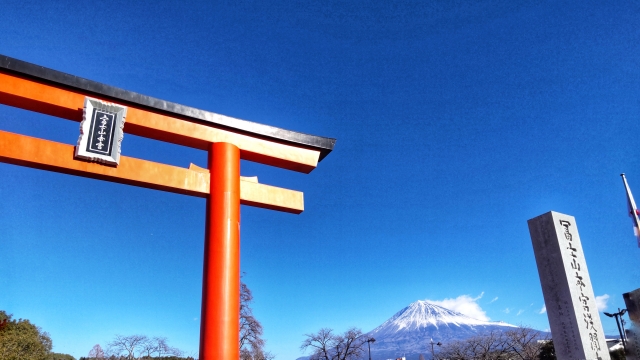
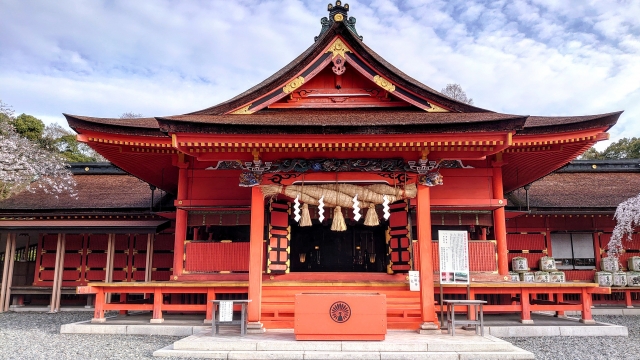
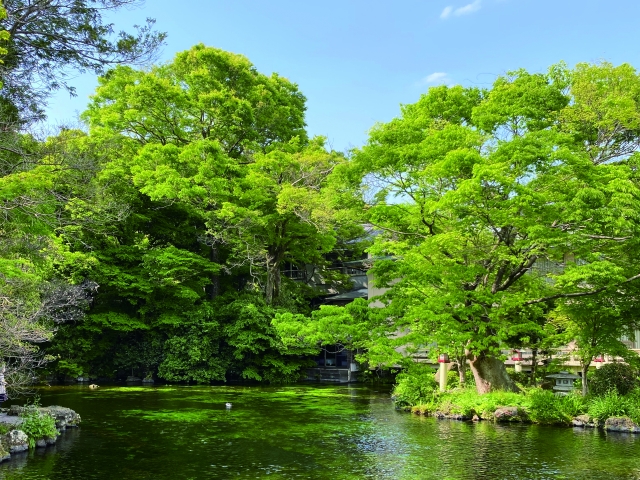
- Fujisan Hongu Sengen Taisha Shrine: This is the head shrine for all Sengen Shrines across Japan, dedicated to Mount Fuji as a deity. It’s also a component part of Mount Fuji’s World Heritage Site designation. Within its grounds, the Wakutama-ike Pond is a sacred pool formed by spring water from Mount Fuji, incredibly clear and pure.
- Access: Accessible by local bus or train (JR Minobu Line to Fujinomiya Station) from the Kawaguchiko area.
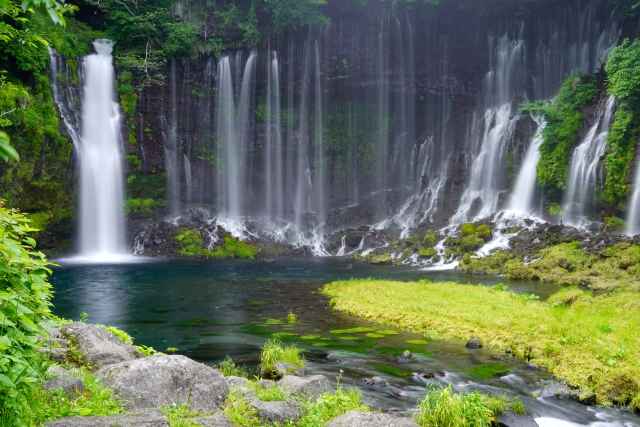
- Shiraito Falls: Designated as a National Scenic Beauty and Natural Monument, these are truly magnificent waterfalls. Mount Fuji’s melted snow cascades down in a curtain of white threads, approximately 20m (65 ft) high and 150m (490 ft) wide. The sight is absolutely stunning, and you’ll feel refreshed by the abundant negative ions in the air.
- Access: Approximately a 30-minute bus ride from Fujisan Hongu Sengen Taisha Shrine.
Afternoon: Your Last Chance for Unforgettable Fuji Views!
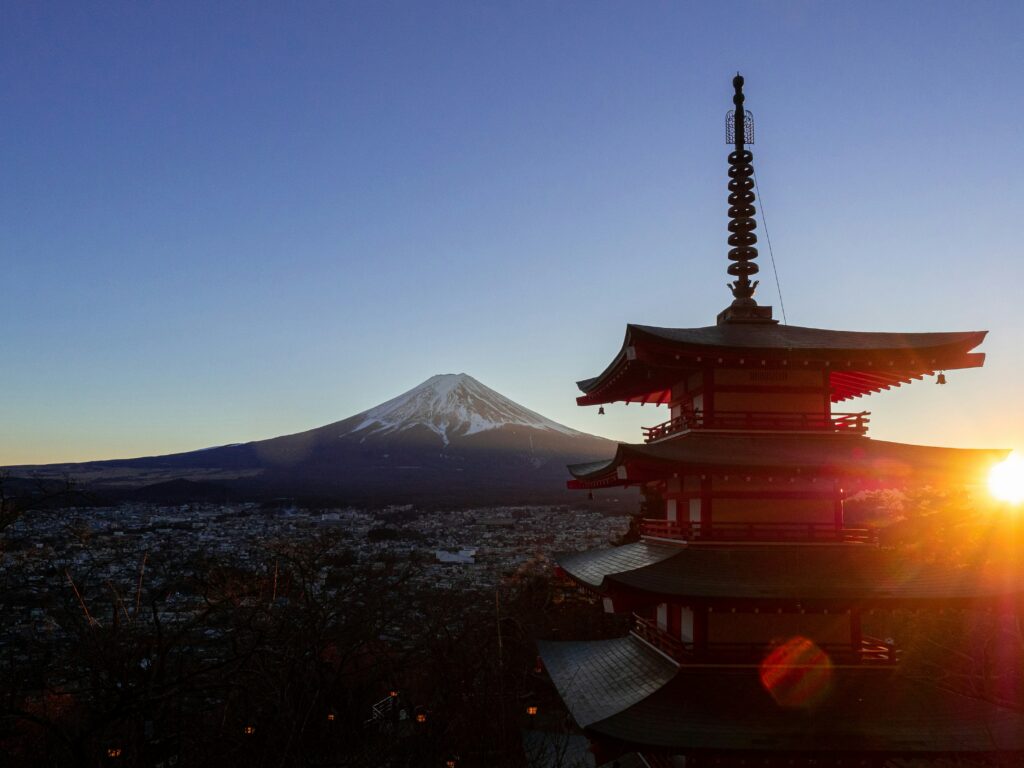
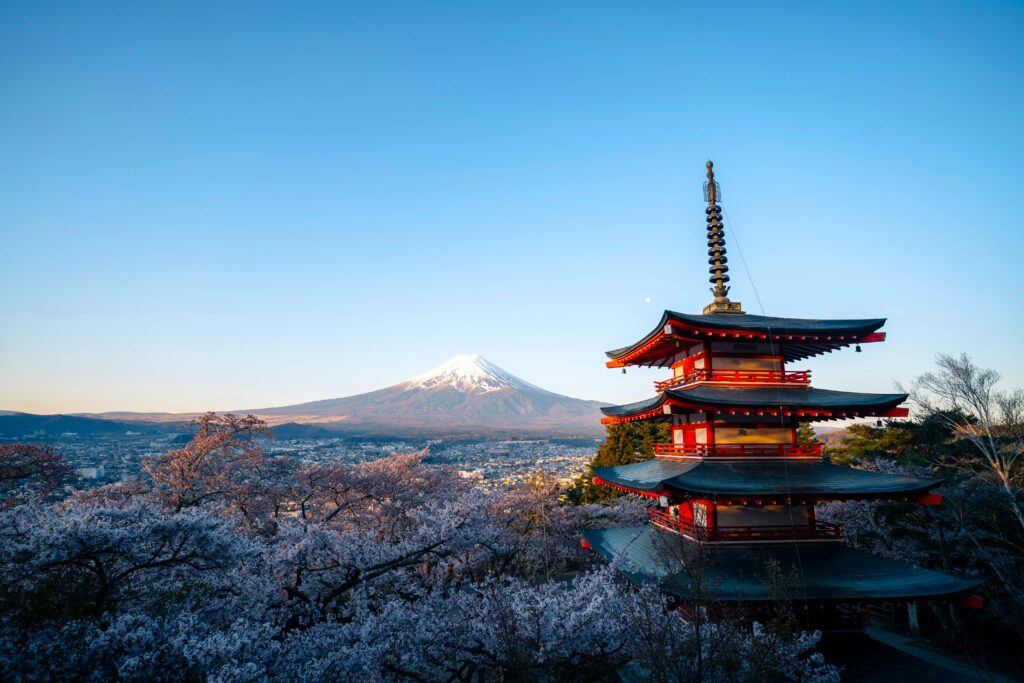
- Arakurayama Sengen Park: Located in Fujiyoshida City, this park offers one of Japan’s most iconic postcard views: the Chureito Pagoda (a five-story pagoda) with Mount Fuji and, if you visit in spring, cherry blossoms, all in one frame. It’s incredibly popular with international visitors.
- Access: About a 10-minute walk from Shimoyoshida Station on the Fujikyuko Line. Also accessible by train from Kawaguchiko Station.
End of Your Journey, Off to Your Next Destination
After enjoying Arakurayama Sengen Park, if you’re heading to Tokyo, the most convenient way is to take the Fujikyuko Line to Otsuki Station and then transfer to the JR Chuo Line. If you’re bound for Osaka, head to Shin-Fuji Station from Fujinomiya Station via the JR Minobu Line, where you can catch a Shinkansen (bullet train), or make your way toward the Shizuoka area.
【Travel Tips】

- Clothing: Mount Fuji’s surroundings are high in elevation, so even in summer, it can be cool. Be sure to bring layers, especially for mornings and evenings when temperatures can drop.
- Transportation: Exploring the Mount Fuji area typically involves a combination of trains and buses. Bus frequencies can vary, so it’s a good idea to check schedules in advance.
- Accommodation: Hot spring ryokan around Lake Kawaguchiko are very popular, so booking well in advance is recommended.
- Weather: Mount Fuji’s visibility can change dramatically with the weather. Even on sunny days, clouds can sometimes obscure the peak.
We hope this itinerary helps you create wonderful memories of your Mount Fuji adventure!

